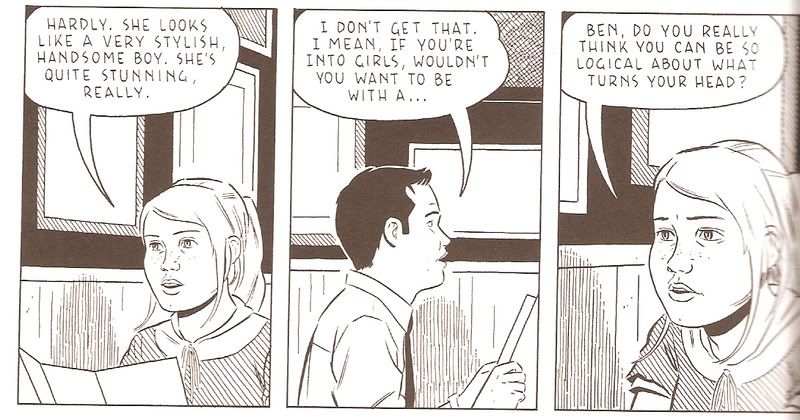 Now that we have read through the entire graphic novel, we can see how Yang has interwoven and tied all three story arcs together.
Now that we have read through the entire graphic novel, we can see how Yang has interwoven and tied all three story arcs together.Wei-Chan's transformer is incredibly symbolic in the graphic novel. In this vain, we see many of the characters making physical transformations (Danny to Jin, Chin-Kee to the Monkey King, etc.). What are some other ways the characters transform? Are these transformations - or changes - for he sole purpose of adapting to American society?
Now that we have read "American Born Chinese" in its entirety I am curious to see if our own perceptions of the novel have changed. Clearly, there is more to the story than initially meets the eye. Why do you think Yang chose to tell Chin-Kee's story in the form of a television sitcom, while on the hand, told the Monkey King's arc as a mythic tale? How do those two threads compare, contrast, or even compliment Jin's story?








